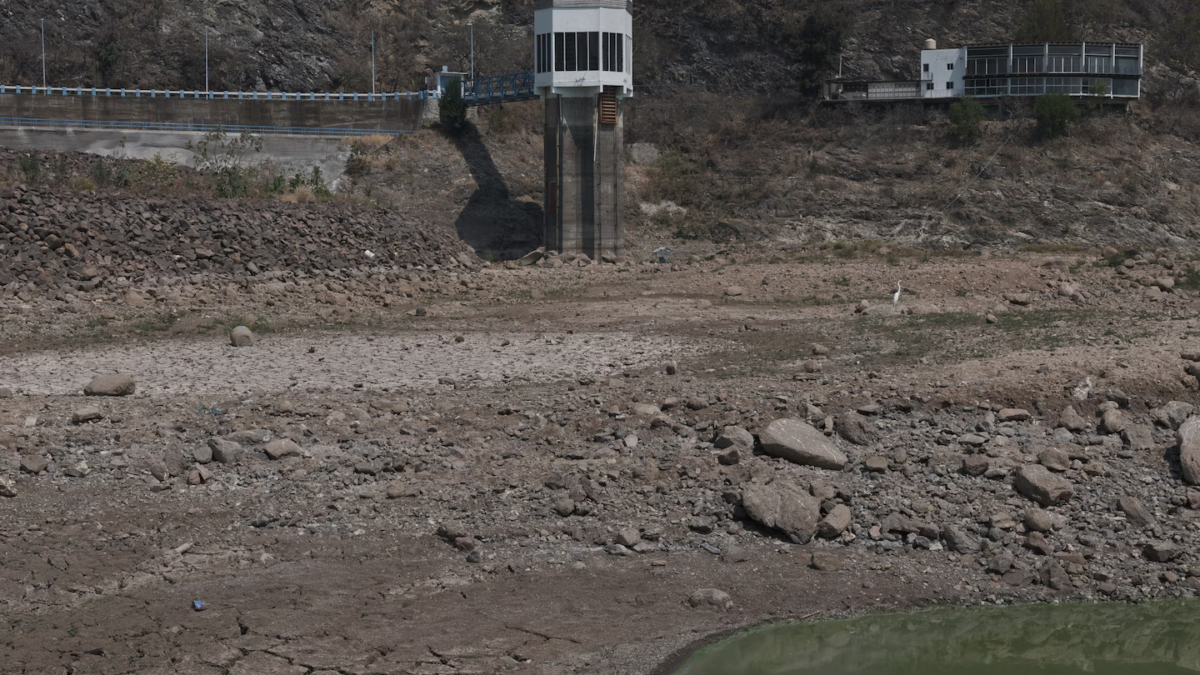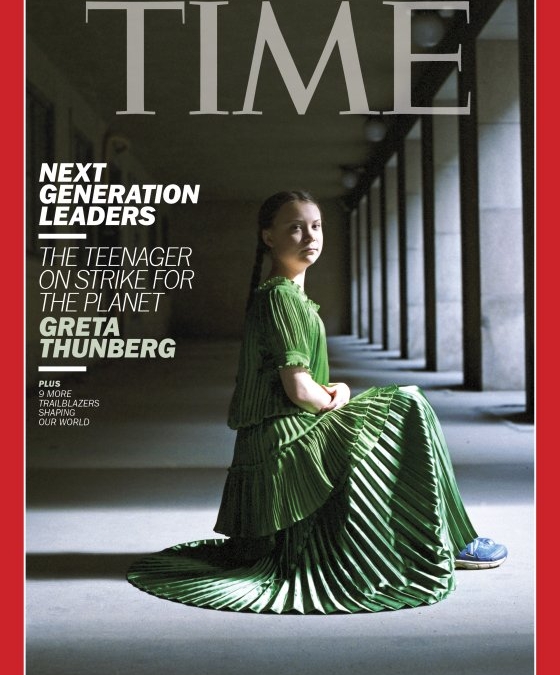In East Siberia, extreme wildfires are on the rise – “A shift in forest structure may result in a positive feedback on currently intensifying wildfires”
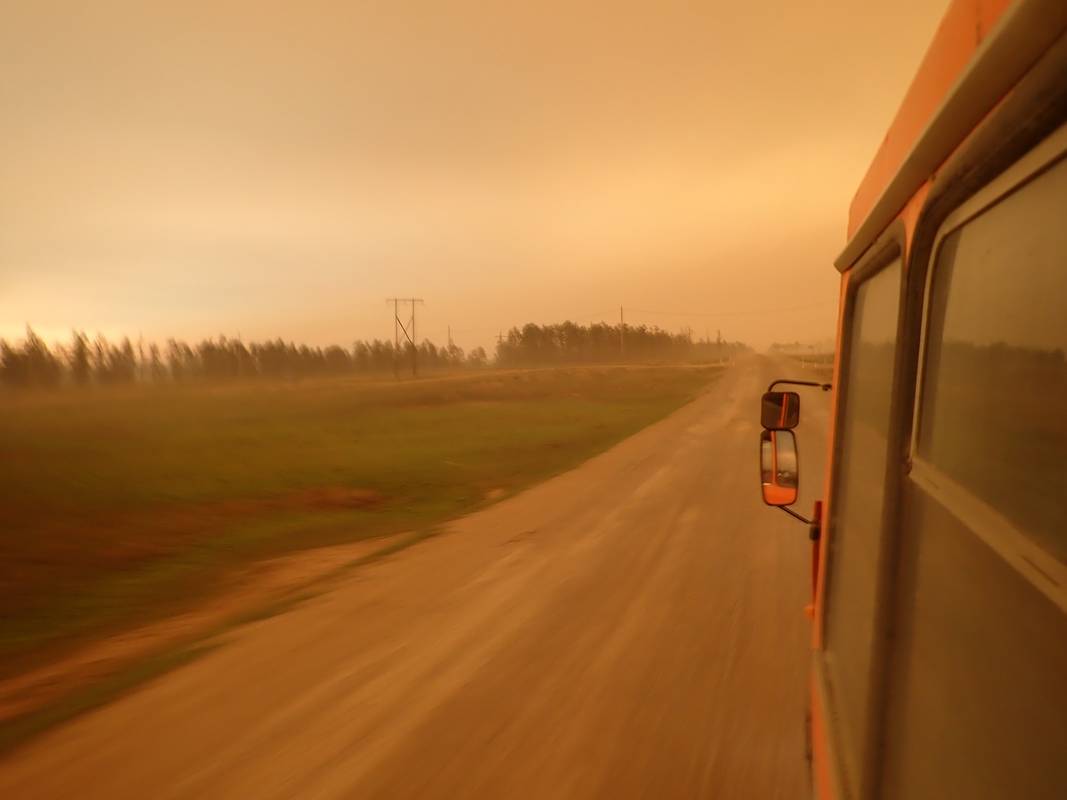
29 August 2022 (AWI) – In the past several years, East Siberia has repeatedly been hit by extreme wildfires. In order to understand which conditions promote the occurrence of wildfires in the region, a team of researchers led by Ramesh Glückler and Elisabeth Dietze from the Alfred Wegener Institute has now investigated the connections between wildfire activity and forest structures in East Siberia for a period beginning roughly 10,000 years ago. To do so, they used marine sediments to reconstruct environmental changes during the timeframe in question. The experts assume there could be a connection between open, i.e., not densely covered sections of forest and increased wildfire activity. In addition, they suspect that dense larch forests have a regulating effect on the climate-based intensification of wildfires. Their findings were just released in the journal Frontiers in Ecology and Evolution.
“We discovered that roughly 10,000 years ago – when the forests of East Siberia were still quite open and home to broad grasslands – there were very many wildfires in the region,” says Ramesh Glückler. “In contrast, up until the last few centuries, wildfire activity decreased as forests grew denser.” The Holocene, the current epoch in the history of our planet and which began ca. 11,000 years ago, was initially characterised by open larch and birch forests. Yet forest structures changed in the Middle Holocene; from that point on, dense larch forests dominated the vegetation.
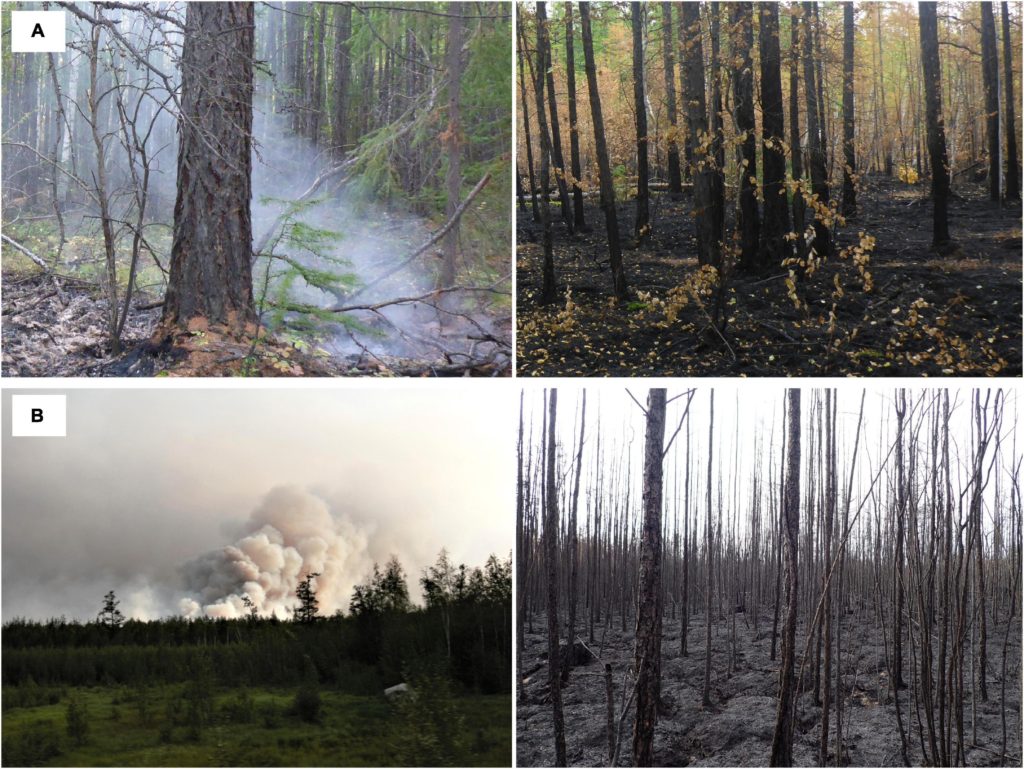
In the past several years, there have been frequent extreme wildfires, particularly in the Republic of Sakha (Yakutia) in northeast Russia. Here, the experts see a potential feedback effect: because of climate change, more trees are dying and forests are thinning out. In turn, the more open forest landscapes produced can lead to increased wildfire activity. As Glückler explains: “We believe the still existent, dense larch forest continues to limit the effects of climate change on wildfires.”
However, little is known about the long-term connections between changes in wildfire activity and forest structures in general. According to Glückler: “Since the local populace is already confronted with changing environmental conditions and more intense wildfire seasons, understanding the long-term correlations between vegetation and fire hazards is of tremendous importance.” The researchers now plan to simulate and assess this aspect with the aid of a fire-and-vegetation model. In addition, the new data from their study will improve East Siberia’s integration into global synthesis studies, a context in which this important habitat is often under-represented.
Original publication
Ramesh Glückler, Rongwei Geng, Lennart Grimm, Izabella Baisheva, Ulrike Herzschuh, Kathleen R. Stoof-Leichsenring, Stefan Kruse, Andrei Andreev, Luidmila Pestryakova, Elisabeth Dietze: Holocene wildfire and vegetation dynamics in Central Yakutia, Siberia, reconstructed from lake-sediment proxies, Frontiers in Ecology and Evolution (2022), DOI: 10.3389/fevo.2022.962906
Contact
- Ramesh Glückler, +49(331)58174 5643,ramesh.glueckler@awi.de
- Heide Matz, heide.matz@awi.de
- Elisabeth Dietze, elisabeth.dietze@uni-goettingen.de
In East Siberia, Extreme Wildfires are on the Rise
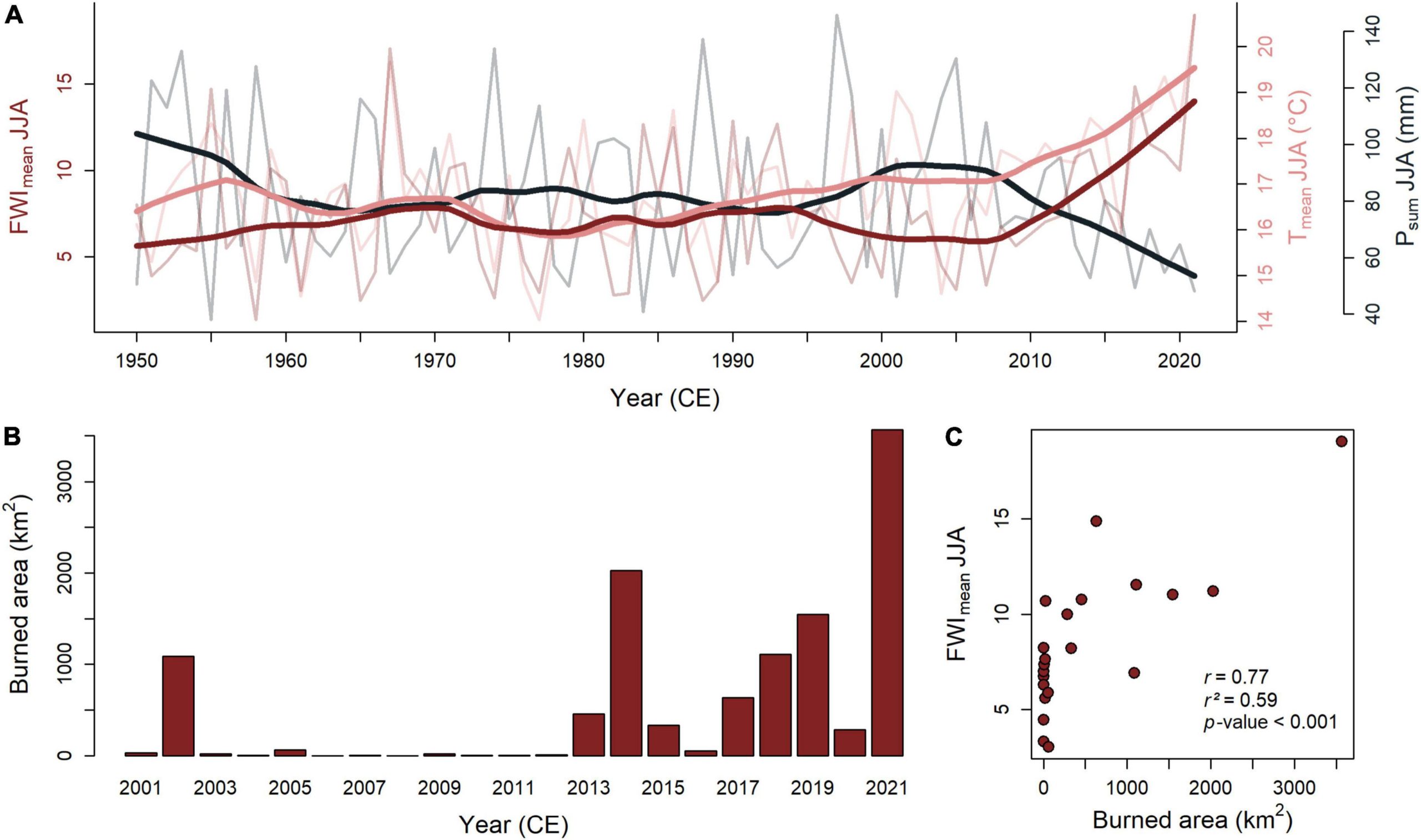
Holocene wildfire and vegetation dynamics in Central Yakutia, Siberia, reconstructed from lake-sediment proxies
ABSTRACT: Wildfires play an essential role in the ecology of boreal forests. In eastern Siberia, fire activity has been increasing in recent years, challenging the livelihoods of local communities. Intensifying fire regimes also increase disturbance pressure on the boreal forests, which currently protect the permafrost beneath from accelerated degradation. However, long-term relationships between changes in fire regime and forest structure remain largely unknown. We assess past fire-vegetation feedbacks using sedimentary proxy records from Lake Satagay, Central Yakutia, Siberia, covering the past c. 10,800 years. Results from macroscopic and microscopic charcoal analyses indicate high amounts of burnt biomass during the Early Holocene, and that the present-day, low-severity surface fire regime has been in place since c. 4,500 years before present. A pollen-based quantitative reconstruction of vegetation cover and a terrestrial plant record based on sedimentary ancient DNA metabarcoding suggest a pronounced shift in forest structure toward the Late Holocene. Whereas the Early Holocene was characterized by postglacial open larch-birch woodlands, forest structure changed toward the modern, mixed larch-dominated closed-canopy forest during the Mid-Holocene. We propose a potential relationship between open woodlands and high amounts of burnt biomass, as well as a mediating effect of dense larch forest on the climate-driven intensification of fire regimes. Considering the anticipated increase in forest disturbances (droughts, insect invasions, and wildfires), higher tree mortality may force the modern state of the forest to shift toward an open woodland state comparable to the Early Holocene. Such a shift in forest structure may result in a positive feedback on currently intensifying wildfires. These new long-term data improve our understanding of millennial-scale fire regime changes and their relationships to changes of vegetation in Central Yakutia, where the local population is already being confronted with intensifying wildfire seasons.
